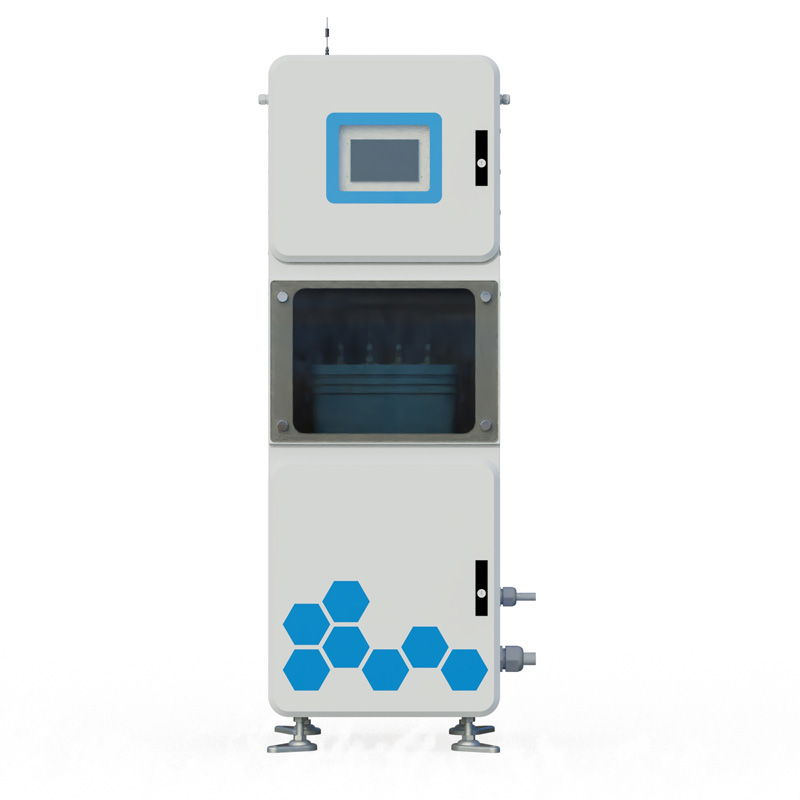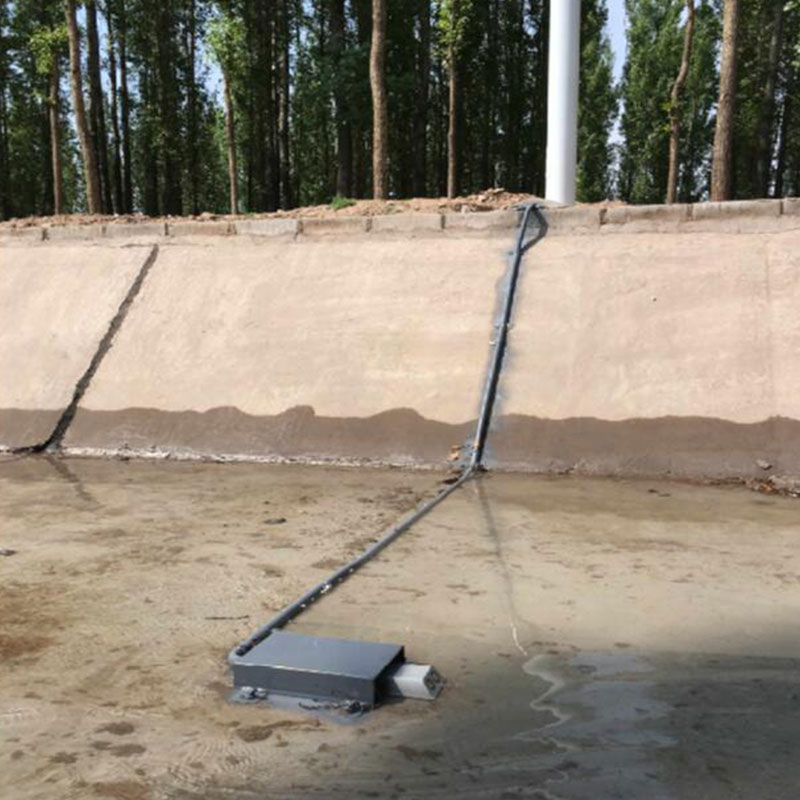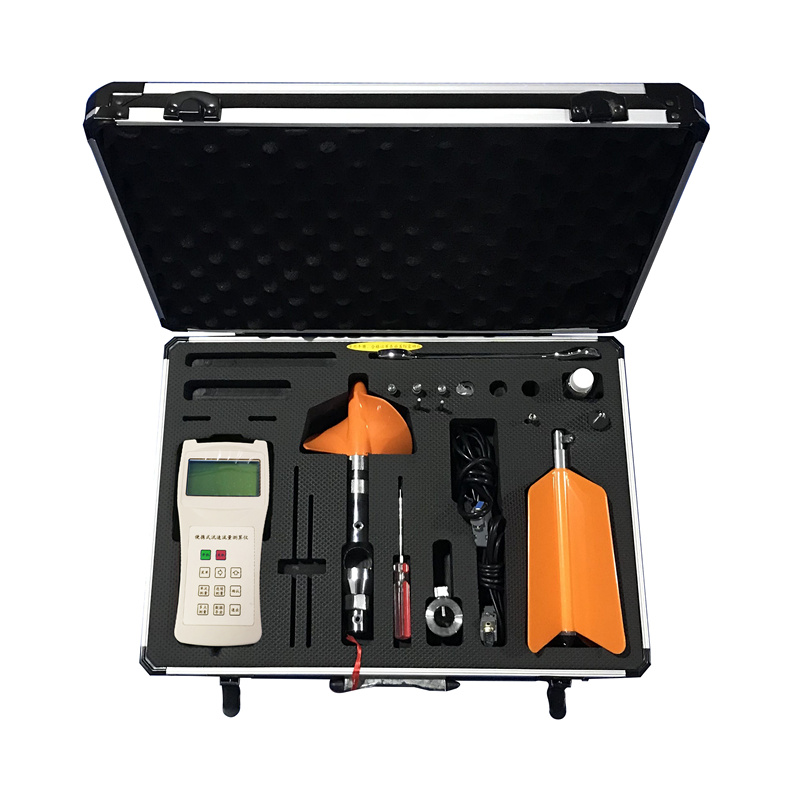The COD probe mainly uses specific chemical analysis methods to measure the chemical oxygen demand in water.
There are two common principles as follows:
I. Principle of colorimetric method
The colorimetric method COD probe determines the COD value by measuring the absorbance of the solution at a specific wavelength. Organic matter in water undergoes a chemical reaction under the action of specific reagents to produce colored substances. The optical sensor in the probe detects this color change, and the depth of color is related to the content of organic matter in water. The optical sensor converts the detected optical signal into an electrical signal, and then the COD value is obtained through processing and calculation. For example, when organic matter in water reacts with reagents such as potassium dichromate, a compound with a specific color is generated. The probe measures the absorbance of this compound at a specific wavelength and calculates the COD value based on the corresponding relationship between absorbance and COD value.
II. Principle of electrochemical method
The electrochemical method COD probe uses the electrochemical response of electrodes in solution to determine COD. The electrode usually consists of a working electrode, a reference electrode and a counter electrode. When the probe is inserted into water, the organic matter in water undergoes an oxidation-reduction reaction on the surface of the electrode, producing a current or potential change. By measuring the current or potential change between the electrodes, the content of organic matter in water can be reflected. For example, under certain potential conditions, the organic matter in water is oxidized on the surface of the working electrode, and the generated current is proportional to the concentration of organic matter, so the COD value can be calculated. This method has the characteristics of fast response speed and high sensitivity, but the stability and service life of the electrode may be affected by impurities in water and pollution on the electrode surface.

This paper addresses:https://fengtusz.com/industry/502.html









